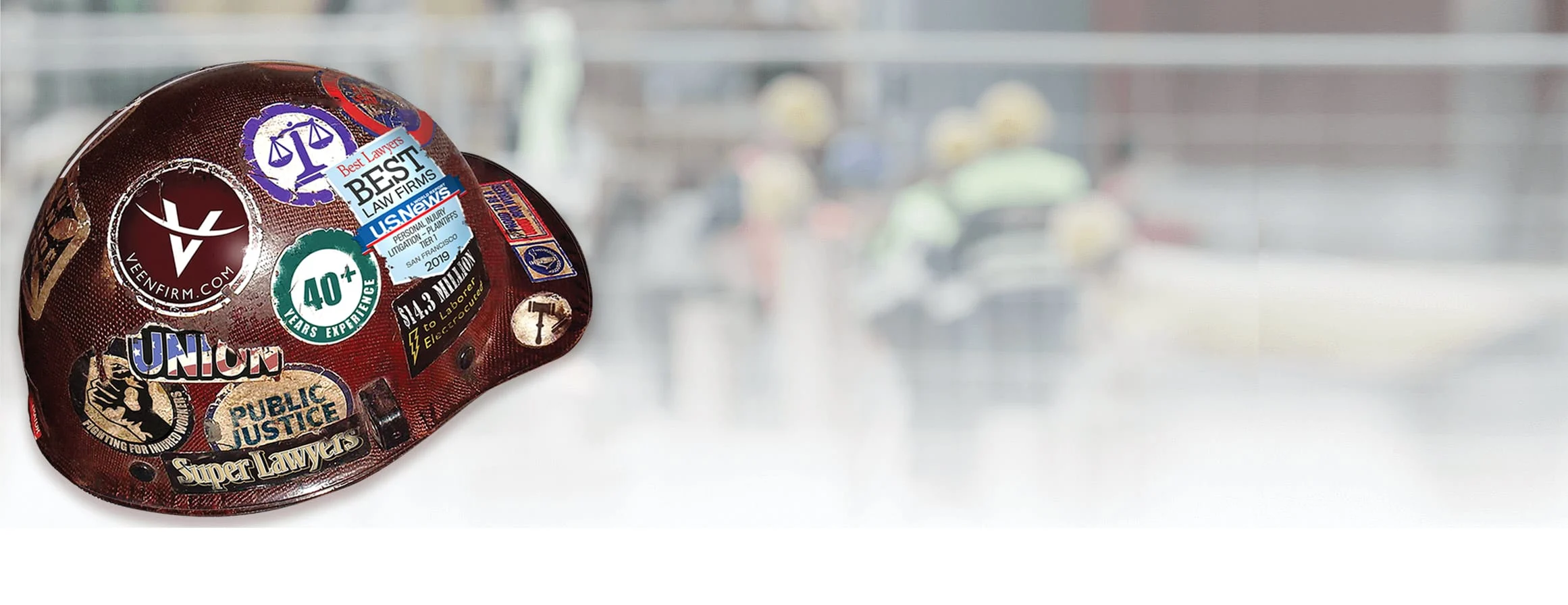Free Consultation
888-504-0157
On February 28, 2010, the plaintiff, 18, was injured while operating an ATV on his friend’s property. As the plaintiff was initiating a turn, the ATV tipped over onto the driver’s side pinning the plaintiff’s arm underneath the vehicle.
In the place of doors, ABC Manufacturer designed the ATV to have safety nets installed on both the passenger and the driver’s side of the vehicle to keep the occupants’ limbs inside the vehicle. The nets had not been installed on the ATV prior to the plaintiff’s injury.
ABC Manufacturer delegated the installation of the safety nets and part of the assembly of the ATV to its authorized dealers. The dealer that sold the ATV, XYZ Dealer, hired Roe Assembler to assemble the vehicle and install the safety nets. The nets were not installed when the owners purchased the ATV.
The plaintiff sued ABC Manufacturer, XYZ Dealer, and Roe Assembler for products liability, alleging a manufacturing and design defect. The plaintiff also sued Moe Owners, the owners of the ATV, for negligence. The plaintiff contended that had the nets been installed, the nets would have contained his arm in the vehicle and he would not have been seriously injured. The plaintiff’s position was that the ATV contained a manufacturing defect because the nets were never installed. Additionally, the ATV was defectively designed because the nets were a safety feature that the manufacturer made optional for use. The hang tag stated that the nets should be secured, if applicable. The owner’s manual contained instructions for removing the nets if they interfered with the operator’s driving. The plaintiff suggested that actual doors be used instead of nets as a safer alternative design.
The defense claimed that the plaintiff was responsible for his injuries by driving too fast, steering too hard during the turn, and by failing to follow the manufacturer’s warnings to operate the ATV with the safety nets and to not operate the ATV with non-approved accessories which may seriously affect the stability of the vehicle. The owners of the ATV had the vehicle modified with a lift kit, larger tires, and a more powerful engine.
The plaintiff’s left arm was partially severed and detached at the elbow after being pinned underneath the ATV. He was initially treated at Santa Rosa Memorial Hospital where he underwent surgeries to repair ligaments and arteries in his arm. During the next three years, the plaintiff underwent over twenty surgeries involving skin grafts and repairs to his ligaments and tendons and revascularization of his arteries. The injuries resulted in the plaintiff having very limited use of his left arm and hand. He is unable to tie his own shoes and put on his socks and has difficulty bathing and buttoning clothes, among other activities of daily living. He also has decreased mobility due to the pain and numbness he experiences in his right leg and foot where doctors had harvested a vein and implanted it in his left forearm for vascularization. The plaintiff’s doctors opined that he would continue to need additional surgeries in the future, including a total elbow replacement, physical therapy, medication, and other treatment.
The plaintiff’s damages included past medical expenses of $677,212, future medical expenses of $314,928, and future loss of household services of $217,316. Past lost earnings of $44,075 and future lost earnings up to $984,087 were also demanded. The plaintiff also sought damages for pain and suffering.
The plaintiff settled with the defendants before trial for a total of $3,675,000.
